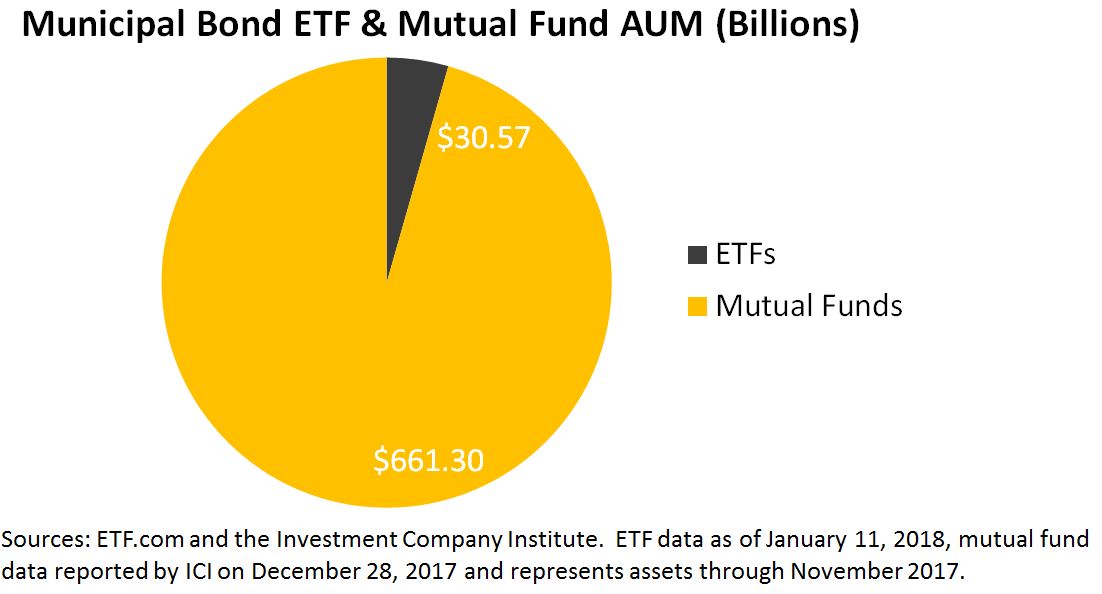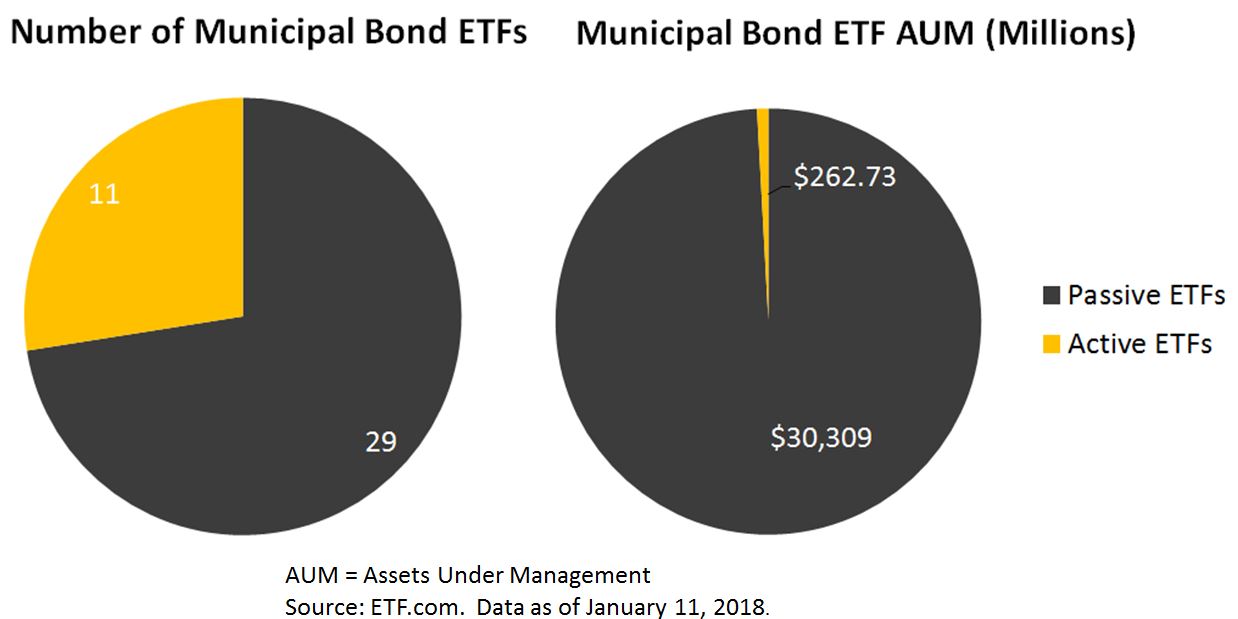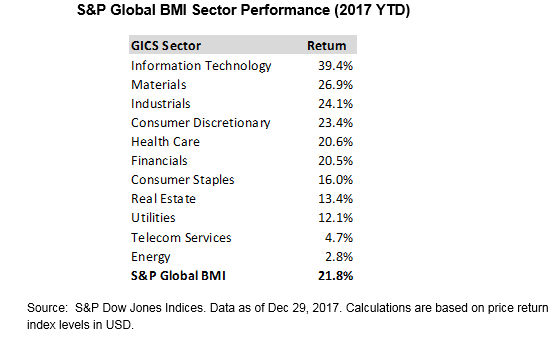2018 is set to be a major year for sustainable business. The new year is a time to take stock of where we are going—and we are grateful for the opportunity to dig deep into our data to answer the question: “Is the needle moving on sustainable business?”
Each year in the State of Green Business Report, we assess more than 30 indicators of corporate sustainability performance across the world’s top companies.
First, the good news.
- The carbon emissions of the world’s largest businesses continue to decrease in absolute terms, reaching the lowest level in the past five years as a result of a switch to cleaner fuels.
- There have been some global improvements in water use and waste management.
- The number of companies setting carbon and water reduction targets has increased by about 10% over the past five years.
However, the carbon reduction targets set by the 1,200 largest global companies and 500 largest U.S. companies fall short of the contribution needed to align with the 2°C target to limit global warming in the Paris Agreement.
Given that top global companies account for 10% of total emissions, Trucost calculates that the proportional reductions these companies need to make by 2050 and 2100 to align with the 2°C target are 3 and 5 metric gigatons of carbon dioxide equivalent, respectively. U.S. companies, which account for 4% of total emissions, would need to make proportional reductions of 1.2 GtCO2e by 2050 and 1.9 GtCO2e by 2100 in order to align with the 2°C goal (see Exhibit 1).
Yet the carbon targets set by top global and U.S. companies (0.7 and 0.2 GtCO2e, respectively) account for only 22% and 20% of their share of reduction needed by 2050, respectively. The targets currently in place are even smaller compared with the reduction needed by 2100, accounting for 13% and 12% by global and U.S. companies, respectively.

What’s Going to Change?
Carbon prices will need to reach USD 120 per metric ton by 2030 to achieve the Paris Agreement goal, according to modeling using the Trucost Corporate Carbon Pricing Tool. During this transition period, companies will need to understand how the intricacies of diverse carbon pricing policies could affect their operations, revenues, and supply chains—making use of forward-looking data and analytical tools capable of assessing carbon pricing risk under a variety of scenarios in different sectors and regions. The use of such tools by businesses is being encouraged by the Financial Stability Board’s Task Force on Climate-related Financial Disclosures.
Research by Trucost shows the potential impact of increasing carbon prices on companies. It found that 30% of profits in the automobile sector could be at risk by 2050, while the chemicals sector could have 60% of its profits at risk. The power sector could have its profits wiped out completely.
Many market participants we speak to agree that understanding carbon pricing risk is the key to unlocking more ambitious carbon reduction initiatives and greater investment. Scenario analysis can be used to make the case for setting ambitious carbon targets that are aligned with climate science. Investors want to understand how companies are using carbon pricing scenarios to mitigate risk and direct capital to innovations that will succeed in the transition to a low-carbon economy.
So yes, the needle is moving—and it’s time to get ahead of it.
Find out more in The State of Green Business 2018.
The posts on this blog are opinions, not advice. Please read our Disclaimers.















